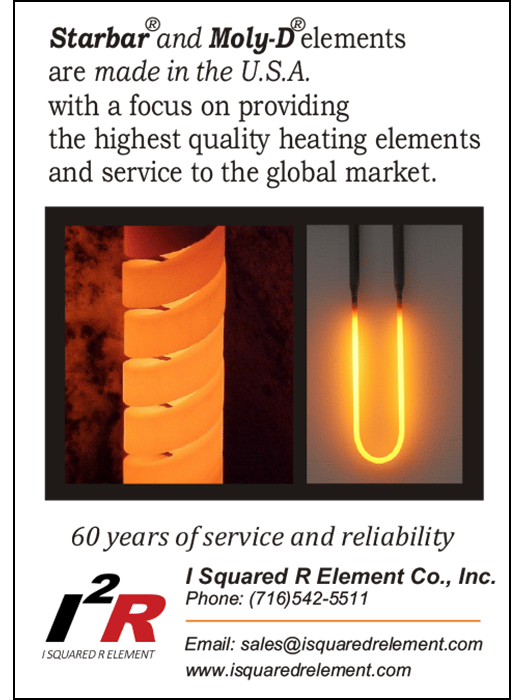
Alfred University glass scientists pursue method to reuse wine bottles
By Mark Whitehouse
Glass scientists at Alfred University in New York, in partnership with New York state and consulting company Vitricity (Madison, Wis.), are studying ways to wash and reuse wine bottles. The project could remove tens of thousands of wine bottles from the waste stream each year while helping Finger Lakes Region wine producers realize significant savings.
There are more than 130 wineries in the Finger Lakes Region, primarily on Keuka, Seneca, and Cayuga lakes. According to a survey of the region’s wine producers, the average winery uses about 10,000 bottles each year in their tasting rooms alone, with some going through as many as 50,000 annually. For the most part, those bottles are not reused and likely end up in landfills.
With the cost of wine bottles increasing, due in large part to supply chain issues, there is an incentive for wineries to reuse their bottles. In addition, “Most wine producers who answered our survey said they were concerned about the environment and want to make the Finger Lakes Region more sustainable. Sustainability is at the core of a lot of their business models,” says Rebecca Welch, Ph.D. student in materials science and engineering at The Pennsylvania State University and researcher for Vitricity.
Welch led the survey to gauge the interest of wine producers in the project and to provide education on its benefits. For example, based on the team’s research, some countries that have bottle washing can reuse bottles up to 30 times.
“Canada has programs in place, focusing on the beer industry. We’d like to do what they’ve done and apply it to wineries in the Finger Lakes Region. This would be a huge benefit, not only for the vineyards financially but for our overall sustainability efforts,” Welch says.
There are some concerns, however. As Welch explains, “How do we know the bottles are clean enough to be reused? What is the impact of water and the cleaning detergents: does it corrode the glass? How does wine impact the integrity of the glass? As the bottles are washed, how long before the glass breaks?”
The bottle washing research project at the Center for Glass Innovation in Alfred University’s Inamori School of Engineering will ideally provide the answers to these questions. The project is supported by grant monies from the New York State Department of Environmental Conservation, which awarded Alfred University $4.2 million from its Environmental Protection Fund to perform research aimed at promoting glass recycling and reuse.

Arron Potter, postdoctoral researcher at the Center for Glass Innovation in Alfred University’s Inamori School of Engineering, uses an infrared microscope on a fragment of glass taken from a wine bottle to measure the extent of damage caused to the bottle’s interior surface by exposure to liquid.
Credit: Alfred University
Arron Potter, postdoctoral researcher in the Center for Glass Innovation, is helping lead efforts to find effective ways to clean wine bottles. He says the porous nature of glass is one of the main challenges preventing glass from being effectively cleaned, as liquid can settle into the nanometer-sized pores and leave an odor. To overcome this challenge, he is looking into a washing method that removes a micron-thin layer of the glass surface, taking away any residual moisture and leaving a new, more pristine interior surface of the bottle.
Welch says once a suitable method for washing the bottles is achieved, focus will be placed on developing facilities for collecting and washing the bottles and determining how they will be transported to and from the wineries.
“We need to make washing and reusing bottles cheaper or the same as buying new,” Welch explains, noting that the state may considering providing subsidies to wineries as an incentive to reuse bottles. “I feel we can meet the current cost without subsidies. With government support, it would be cheaper [to reuse bottles].”
About the author
Mark Whitehouse is director of communications at Alfred University. Contact Whitehouse at whitehouse@alfred.edu.

